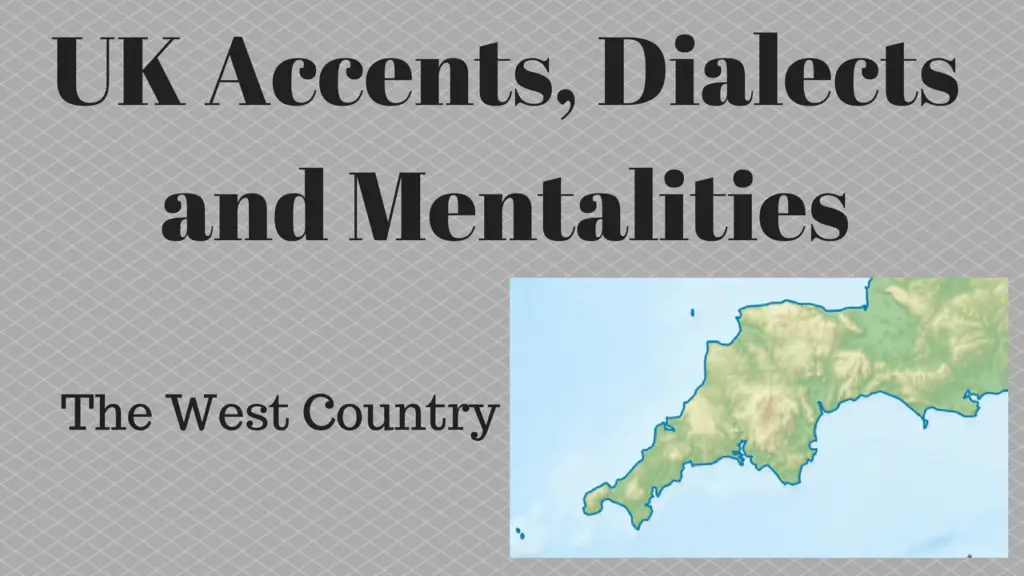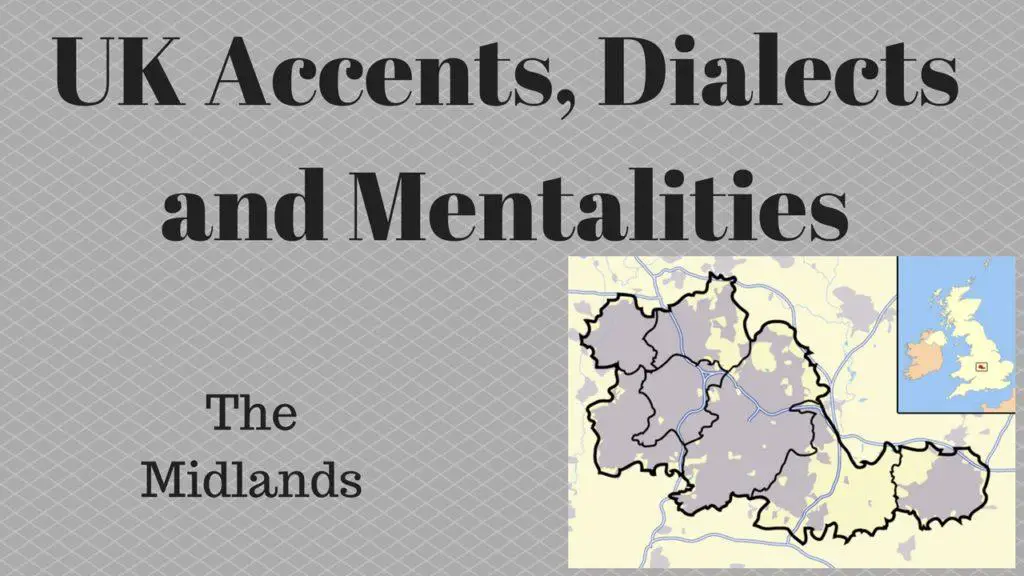Manage Conflict at Work – Introduction
Conflict in the workplace is natural. People have different ideas, priorities and working styles. But how you handle those conflicts can either build respect – or damage relationships. That’s why knowing how to use diplomatic language is such a powerful professional skill.

In this article, you’ll learn how to express disagreement and manage tension in a calm, respectful way. We’ll explore key phrases, tone tips and examples to help you navigate tricky conversations while protecting your relationships and reputation.
This builds on Polite and Diplomatic English: Handle Difficult Conversations at Work, and our community for professionals who use English at work, where you can practise these skills and learn with others.
Why Diplomatic Language Matters in Conflict
In tense situations, the words you choose can either calm things down or make things worse.
Diplomatic language helps you:
- Keep the conversation respectful and professional
- Focus on solving the problem, not blaming others
- Protect your relationship with colleagues, managers or clients
- Reduce the chances of misunderstandings
Diplomatic English focuses on being clear and tactful – especially when you disagree.
Examples of Common Workplace Conflicts
Here are some typical scenarios where diplomacy can make a big difference:
- You disagree with a colleague’s idea in a meeting
- A teammate missed a deadline that affected your work
- You feel overloaded and need to push back on extra tasks
- A client or manager is being unreasonable
In each case, direct language like “You’re wrong” or “That’s not fair” might be honest – but it can come across as rude or confrontational.

Let’s look at what to say instead.
Key Diplomatic Phrases for Managing Conflict
1. Expressing Disagreement Politely
✅ “I see your point, but I think we might need to consider another angle.”
✅ “I understand where you’re coming from. From my side, I see it a bit differently.”
UK English often uses understatement or indirect language, such as:
- “I’m not entirely sure I agree…”
- “That might be tricky, given the circumstances.”
US English is usually more direct, but still polite:
- “I see what you’re saying, but I have a different take.”
- “I respect your opinion, though I see it another way.”
2. Giving Negative Feedback Without Blame
✅ “There seems to have been a misunderstanding – can we go over the details again?”
✅ “I noticed the deadline was missed. Is there anything you need to help stay on track?”
Avoid phrases like:
❌ “You didn’t do what you were supposed to.”
❌ “This is your fault.”
Instead, shift the focus to solving the issue collaboratively:
✅ “Let’s figure out how we can prevent this next time.”
3. Saying No or Pushing Back
✅ “I’d love to help, but I’m at full capacity this week. Could we look at priorities?”
✅ “I’m concerned I won’t be able to give this the attention it needs right now.”
Again, tone is everything – stay calm, show empathy and offer alternatives if possible.
Body Language and Tone: Silent Tools in Conflict
Your words matter, but so does how you say them.
In tense moments:
- Keep your voice calm and steady
- Avoid pointing, crossing your arms or rolling your eyes
- Use open body language and make eye contact (where culturally appropriate)
When your tone matches your words, you come across as confident and respectful.

Example Dialogue: Conflict About a Missed Deadline
You: “Hey, I wanted to check in about the report – it was due yesterday, and I’m a bit stuck without it.”
Colleague: “Sorry, I’ve been swamped.”
You: “No worries – I totally get how busy things are. Is there a way we can plan ahead together so we’re both aligned next time?”
This approach avoids blame but still addresses the problem directly and invites collaboration.
When Emotions Are High
Sometimes, it’s best to pause the conversation:
✅ “I think we’re both feeling quite strongly about this – can we take a short break and revisit it with fresh eyes?”
Or postpone it entirely:
✅ “Let’s pick this up tomorrow when we’ve both had some time to think it through.”
This keeps things from escalating and shows emotional intelligence.
Manage Conflict at Work: Diplomacy Isn’t Weak – It’s Smart
Handling conflict professionally doesn’t mean avoiding difficult conversations. It means choosing your words, tone and timing carefully to reach a better outcome.
Use diplomatic language to protect relationships, show respect and focus on solutions – not blame.
For more practice, visit our community for professionals or explore Polite and Diplomatic English: Handle Difficult Conversations at Work for additional tips and techniques.


